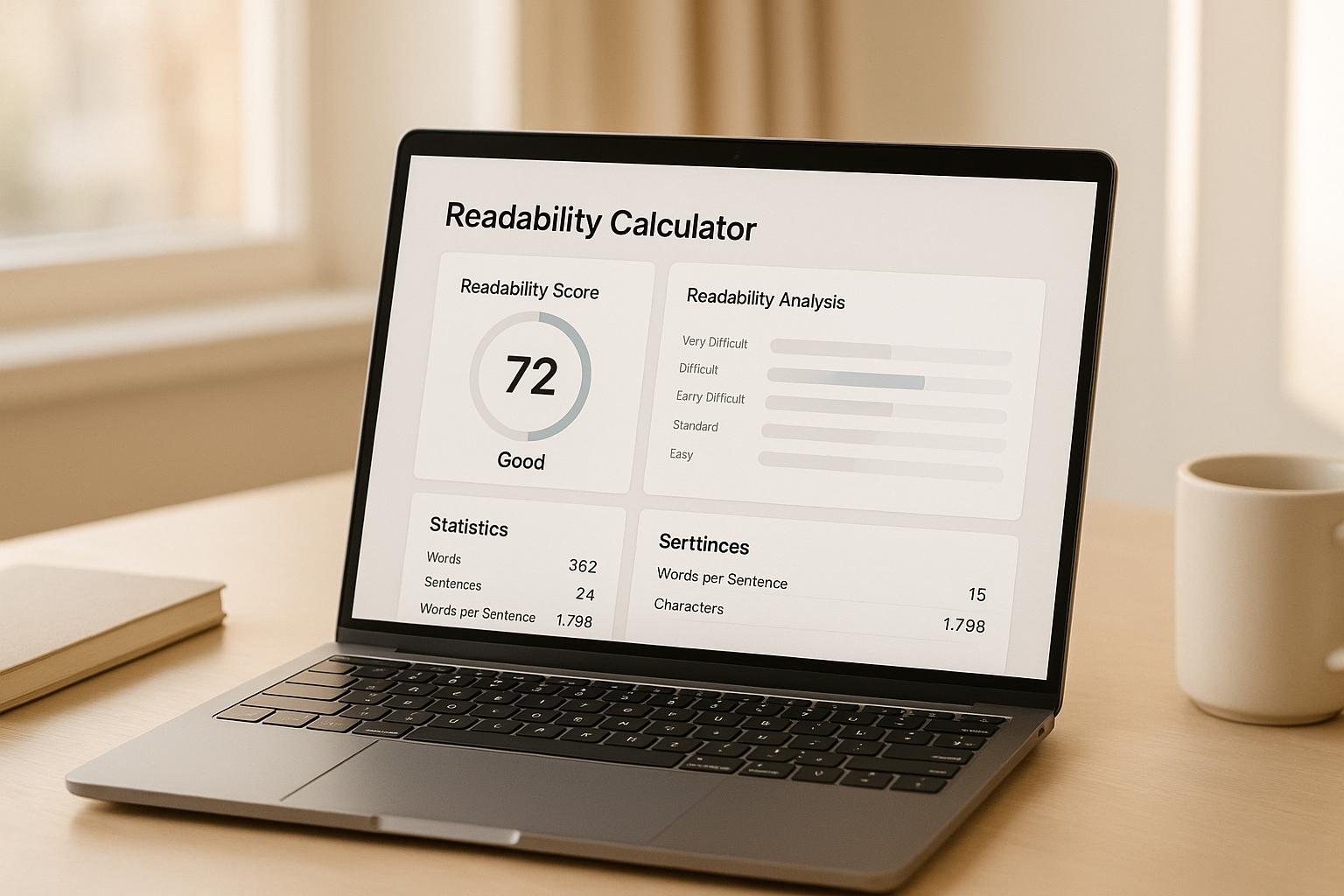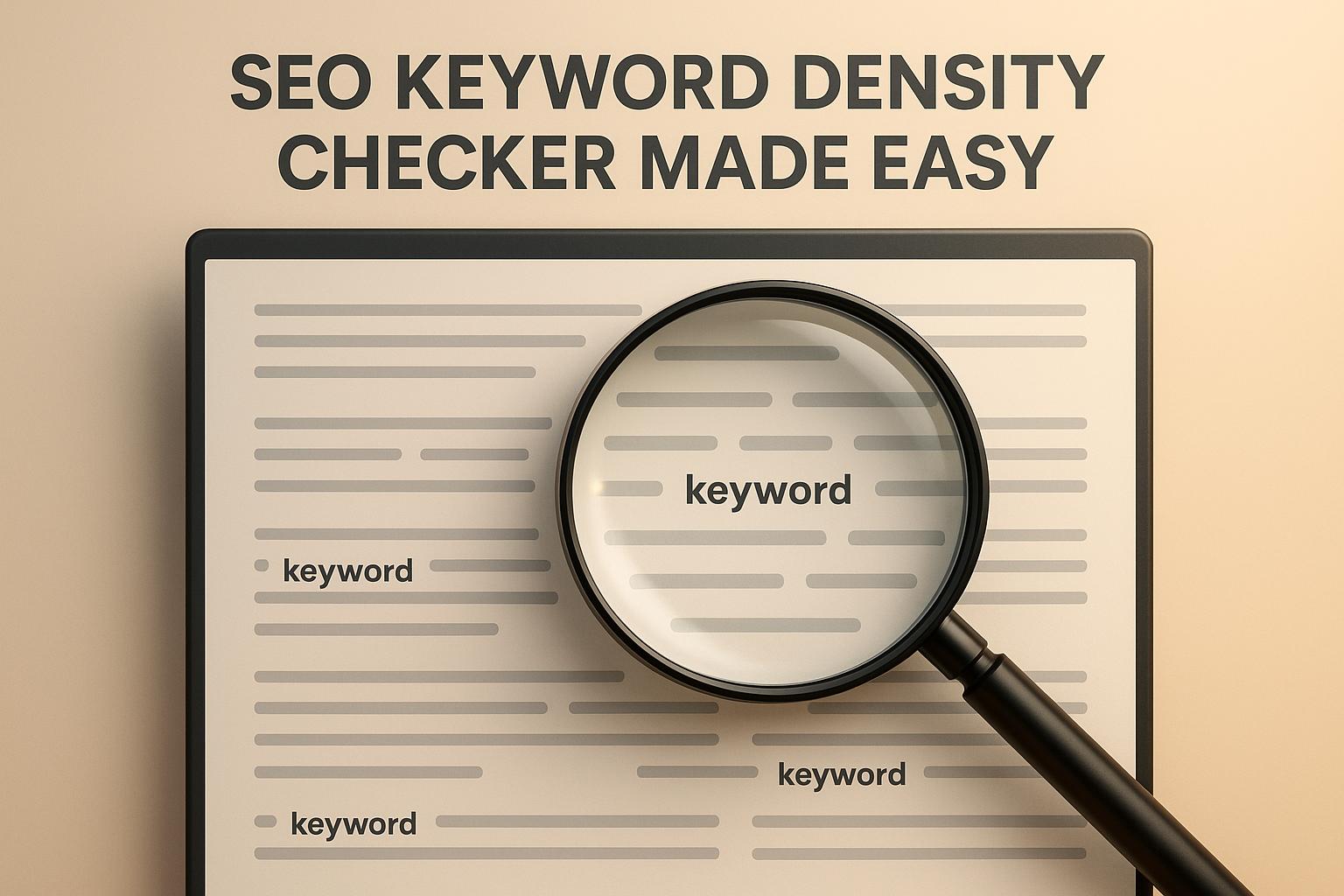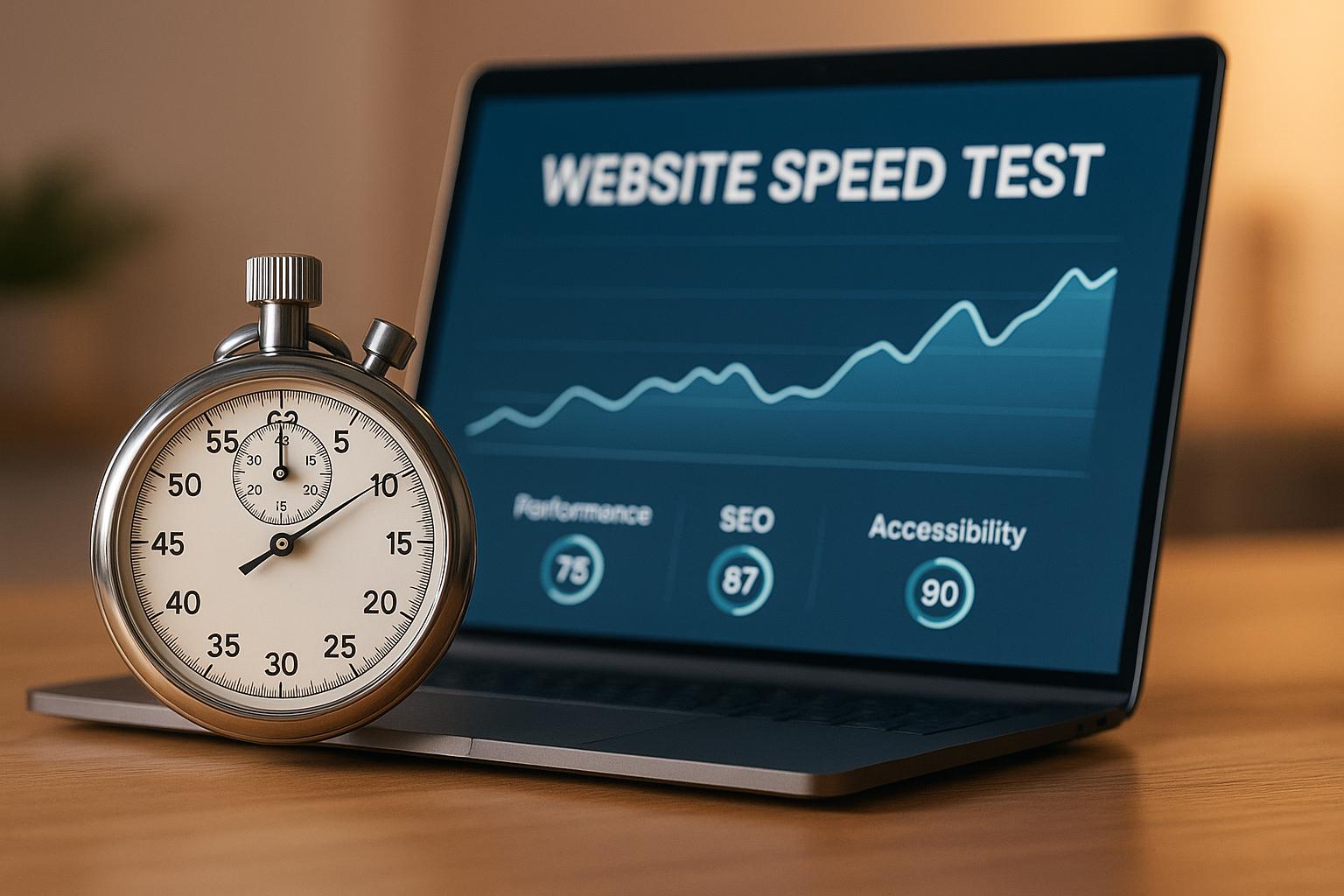

Bounce Rate: What It Is, Why It Matters, and How to Fix It

Bounce Rate: What It Is, Why It Matters, and How to Fix It
 02-06-2025 (Last modified: 02-06-2025)
02-06-2025 (Last modified: 02-06-2025)
When someone visits your site, looks around for 3 seconds, and then bails, that’s a bounce. But what does that actually mean for your business?
Understanding your bounce rate can help diagnose weak spots in your site experience, identify underperforming content, and uncover issues in your funnel that are costing you traffic, conversions, and ultimately – cash.
In this guide, we’ll break down:
-
What bounce rate is (and isn’t)
-
What causes high bounce rates
-
Why bounce rate matters for SEO
-
How to improve bounce rate using tools like PageTest.AI
-
Realistic benchmarks and tips for 2025
What Is Bounce Rate?
Bounce rate is the percentage of users who land on a page and leave without interacting further (no clicks, no scrolling to another page, no conversion).
If 100 people visit your blog post and 80 leave without clicking anything, your bounce rate is 80%.
It’s often seen as a red flag, but it’s not always bad. A high bounce rate can mean your page satisfied the user instantly (like a quick answer to a Google search), or it could mean they were bored, confused, or turned off by poor UX.
Key point: Bounce rate is best interpreted alongside other metrics like time on page, scroll depth, and conversion goals.

Is Bounce Rate Still a Thing in 2025?
Kind of.
Google Analytics 4 (GA4) now focuses more on engaged sessions, which is basically bounce rate’s more nuanced cousin. But most SEO tools (and plenty of marketers) still refer to bounce rate out of habit, and because it’s easy to understand.
Here’s what you need to know:
-
High bounce rate = low engagement
-
It’s a useful diagnostic metric, especially when segmented by traffic source, device, or landing page
-
Tools like Ahrefs, SEMrush, and Hotjar still use or report bounce rate in various ways
-
Testing tools like PageTest.AI use engagement metrics to measure performance improvements after A/B tests
So yes, bounce rate still matters, but context is everything.
What’s a Good Bounce Rate?
There’s no one-size-fits-all number, but here’s a rough benchmark for 2025:
| Page Type | Good Bounce Rate |
|---|---|
| Homepage | 20–40% |
| Blog Posts | 60–80% |
| Landing Pages | 40–60% |
| Ecommerce Pages | 20–45% |
| Contact/About Us | 60–90% |
High bounce rates aren’t automatically bad but unexpected spikes or long-term plateaus are worth investigating.
What Causes High Bounce Rate?
Here are some of the most common culprits:
-
Slow page load times (still a conversion killer in 2025)
-
Misleading metadata or titles that don’t match the content
-
Walls of text without scannable structure
-
Aggressive popups or interstitials
-
No clear call-to-action
-
Overwhelming visual clutter or confusing navigation
Bounce rate often signals a bad first impression. If visitors don’t immediately get what they expected, or can’t figure out what to do next, they’ll bounce.
How to Reduce Bounce Rate: 8 Proven Fixes
1. Speed Up Your Website
Use tools like Google PageSpeed Insights to identify performance bottlenecks.
Compress images, lazy-load media, and eliminate render-blocking scripts to shave off crucial seconds.
2. Test Your Headlines and Hero Sections
If people are bouncing in under 5 seconds, your above-the-fold content isn’t working. A/B test different headlines, subheadings, and hero images with PageTest.AI to find what makes people stay.

3. Improve Content Formatting
-
Use short paragraphs and plenty of white space
-
Add subheadings and bullet points
-
Embed media (images, video, GIFs) to break up text
-
Add a table of contents for longer posts
4. Match Search Intent
If your title tag says “Free SEO Tools” but your content is all affiliate links, people will bounce (and probably hate you a little).
Ensure your metadata, headlines, and body content align with what users actually expect to find.
5. Add Internal Links and Clear Next Steps
Guide users deeper into your site:
-
“Read more” links
-
Related content suggestions
-
Visible CTAs like “Start Free Trial” or “Book a Demo”
Use heatmaps or scroll tracking to see where attention drops, and test CTAs with tools like PageTest.AI.
6. Make Your Site Mobile-Friendly
In 2025, over 65% of web traffic is mobile. If your font is too small or buttons are unclickable, bounce rate will skyrocket.
Use responsive design, optimize tap targets, and ditch mobile popups that block the screen.
7. Improve UX and Navigation
Keep navigation intuitive. Avoid overwhelming menus, unclear paths, or dead ends. The more friction, the faster the bounce.
8. Segment Your Bounce Rate
Use GA4 to filter by:
-
Traffic source (social vs organic vs paid)
-
Device type (mobile vs desktop)
-
Geography or demographic
That way, you’ll know if a high bounce rate is affecting everyone, or just a specific group.

How PageTest.AI Helps Reduce Bounce Rate
With PageTest.AI, you can:
-
Run A/B and multivariate tests to find winning layouts
-
Get AI-generated copy and layout suggestions
-
Track user interaction (scroll, hover, click)
-
Measure bounce rate improvements over time
-
Tie bounce rate changes directly to revenue and conversions
In other words, don’t just guess why users are bouncing – test it.
Final Thoughts
Bounce rate isn’t just a number. It’s a signal.
A high bounce rate could mean your content is irrelevant, your site is slow, or your CTA is buried under a sea of nonsense. Or, it could mean the page did its job perfectly.
The key is context + testing. Don’t panic over the percentage, just use tools like PageTest.AI to test hypotheses, improve UX, and drive better results.
Because at the end of the day, reducing bounce rate is really about improving your website’s ability to hold attention and deliver value.
FAQ: Bounce Rate
What is a bounce rate in SEO?
Bounce rate in SEO refers to the percentage of visitors who leave a webpage without taking any action, such as clicking a link or navigating to another page.
Is a high bounce rate bad for SEO?
It depends. A high bounce rate can indicate poor content, slow loading times, or mismatched search intent—but it can also be normal for certain pages, like single-page blogs.
How can I check my bounce rate?
Use tools like Google Analytics 4 (look for “engaged sessions”), Ahrefs, or SEMrush. Some A/B testing platforms like PageTest.AI also monitor engagement metrics related to bounce.
What’s a good bounce rate for blog posts?
Anywhere between 60%–80% is typical. Lower is better if your goal is to drive users to take further actions.
Can A/B testing reduce bounce rate?
Yes! A/B testing different content layouts, headlines, CTAs, or navigation can help identify what makes users stay longer or convert—leading to lower bounce rates over time.
say hello to easy Content Testing
try PageTest.AI tool for free
Start making the most of your websites traffic and optimize your content and CTAs.
Related Posts

 06-12-2025
06-12-2025
 Ian Naylor
Ian Naylor
Content Readability Calculator for Clarity
Check your text’s readability with our free calculator! Get Flesch-Kincaid and SMOG scores, plus tips to improve clarity for your audience.

 04-12-2025
04-12-2025
 Ian Naylor
Ian Naylor
SEO Keyword Density Checker Made Easy
Analyze keyword frequency with our free SEO Keyword Density Checker. Ensure your content is optimized and avoid overstuffing penalties!

 02-12-2025
02-12-2025
 Ian Naylor
Ian Naylor
Website Speed Test for Instant Insights
Test your website speed with our free tool! Enter a URL to get instant insights on load time, TTFB, and more. Optimize your site today!
